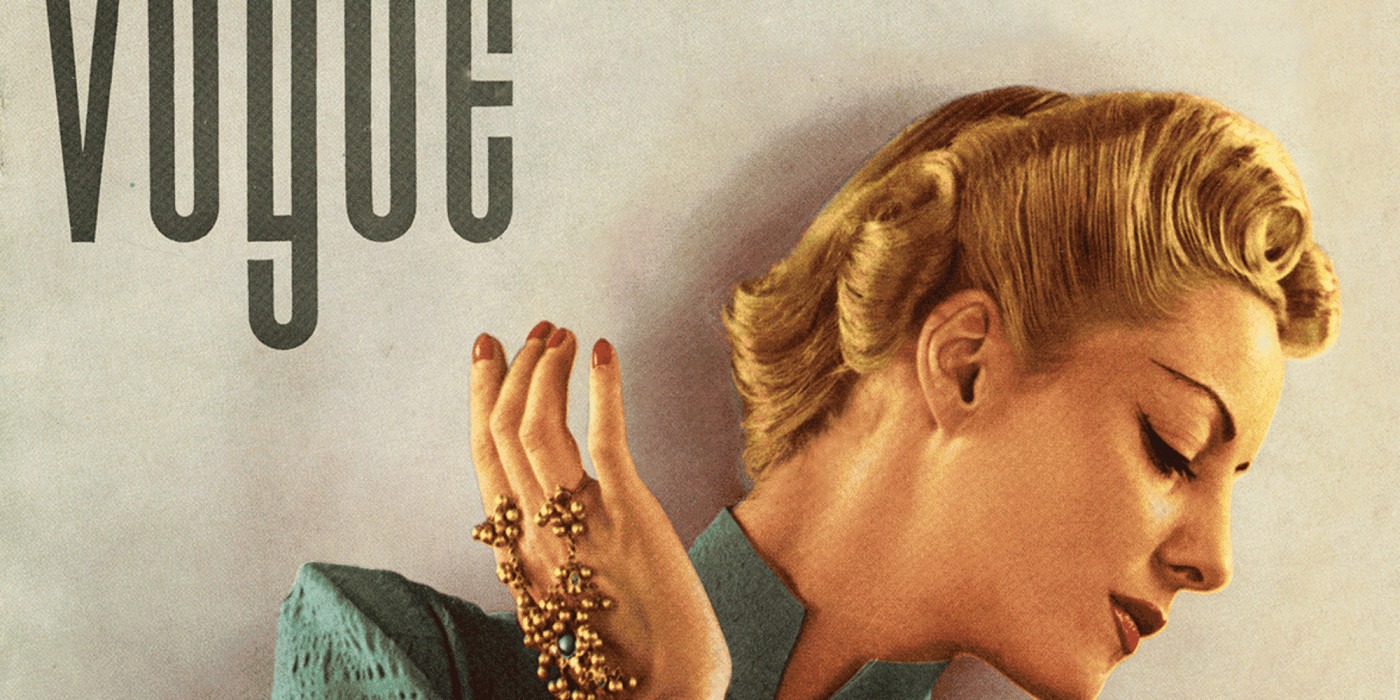Fashion Focus: American Vogue
Vogue, founded in 1892, is one of the world’s most prominent magazines and is an influential source on fashion and lifestyle. It has heavily influenced the development of the fashion industry by shaping trends and setting the standard for fashion photography and editorial quality. The magazine has featured many fashion icons – including models, actresses, celebrities, and drag queens, and has enjoyed international success with the emergence of editions across the globe from the 20th century. Irrespective, Vogue has a heavily contested history, and its present form is being put into question. Let’s talk about it.
For some, the failures of Vogue America have been blamed specifically on Anna Wintour
The modern debate is that Vogue America, the origin of Vogue, is lacking creativity, direction, and thus impact in the fashion world. This alludes to the idea that the editor-in-chief of Vogue, Anna Wintour, has allowed celebrities, actresses, and musicians to dominate the front cover, which has sidelined fashion-centered individuals and models. In 2024, Winter featured Sienna Miller, August: Jill Biden, and for September: Blake Lively. Furthermore, if you search for Vogue online, not only do none of the 2024 covers come up on Google Images, but the images – including Jennifer Lawrence, Margot Robbie, and Kim Kardashian – are often uninteresting and disengaging. These covers are limited in creativity and passion. While the women look beautiful, the covers don’t promote anything of value. For example, the 2022 edition, featuring Jennifer Lawrence, had the phrase ‘you have to be political’ printed on the cover. However, the image did not infer any political motivation or feminism. There is an endemic lack of references, and the product is not worth referencing.
I am not attempting to argue that celebrities and actresses cannot have a fashion impact. For instance, Zendaya, who featured on the cover in May 2024 – through a partnership with Law Roach – presents bold, refined, and eye-catching looks, and in turn, has cemented herself as a fashion icon. I am, however, arguing that the repetitive and almost exclusive use of mainstream celebrities – while appeasing these fanbases – does not present Vogue America as a strong, or leading magazine. For some, the failures of Vogue America have been blamed specifically on Anna Wintour. Wintour has a poor reputation, and despite revitalizing the brand, is well known for being difficult to work with. I acknowledge that her celebrity-centred direction – originating in 1989 with Madonna as the first singer on Vogue – allowed Vogue to be more appealing and approachable for younger audiences. However, many argue that her time as editor-in-chief should draw a close.
Wintour has held her position as editor-in-chief for 36 years, while the three editors prior only had this position for 17, eight, and 10 years respectively. Therefore, some audiences have labelled her reign as a ‘dictatorship’ – making the analogy of her authority being the equivalent to nine consecutive presidential terms. I don’t inherently agree that she should resign on the basis that she has held the position a long period of time. It’s important to note that this is not the longest reigning editor-in-chief, with Edna Woolman Chase holding the position for 37 years. Irrespectively, it prompts us to think if an emerging creative could reinvigorate Vogue America with something that effectively merges artistic elements and fashion references with celebrity appeal.
While I believe that Vogue America needs reformation, it is still capable of presenting artistic editorial covers
To close, I would like to draw our attention to some incredible American Vogue covers. Notably, the old hand-drawn covers of Vogue portray something deeply romantic, such as the February 1928 cover which featured a completely ghost-white figure, with a powerful feminine figure, contrasting with a range of red shades as her background. Another impactful cover was from February 1935. This featured a two-dimensional, minimal illustration, with empty space being used incredibly effectively. Similarly, in January 1950, a striking expression with only an eye and lips was put against empty space for a conceptual and innovative cover.
In recent years, I would say that Hoyeon Jung featuring in February 2022, and Lady Gaga in October 2024 were both impactful covers – displaying more interesting arrangements and stronger portrayals of emotion and feeling. Therefore, while I believe that Vogue America needs reformation, it is still capable of presenting artistic editorial covers.

Comments